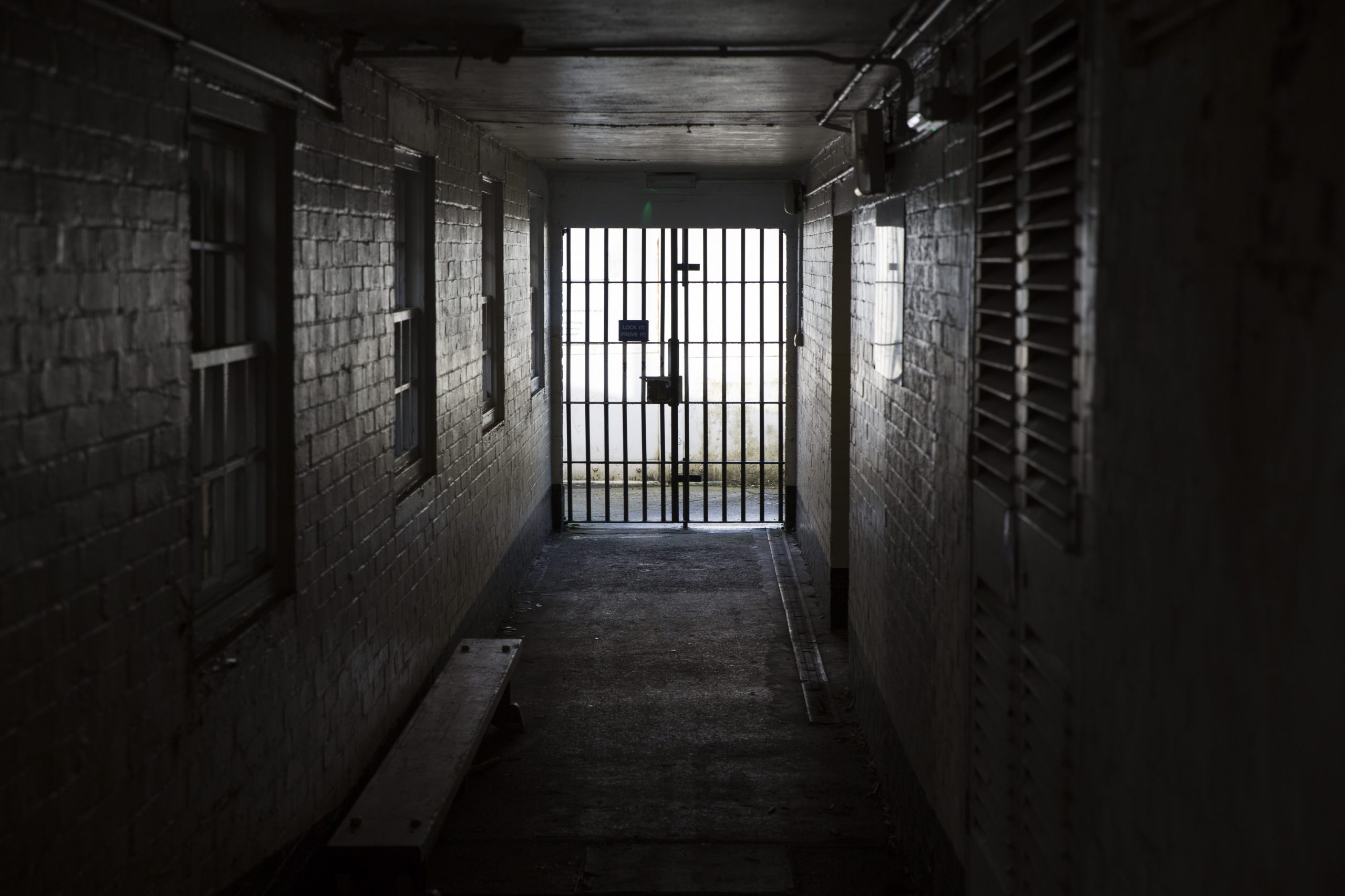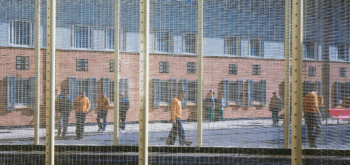A recent prisons watchdog report has found that 65% of children in youth offender institutes spend 22 hours in their cells during the weekend.
HM Inspectorate of Prisons ranked the Keppel Unit in West Yorkshire as the lowest for the amount of time children were spending out of their cell, with only 31% reporting that they spend more than two hours outside during the weekend. Concern is growing that the children are held in a similar fashion to solitary confinement.
Children in custody can be held in secure children’s homes (SCHs), young offenders institutions (YOIs) or secure training centres (STCs). STCs can hold children up to aged 18, whereas YOIs hold children between 15 and 18 years old.
In most YOIs, education services have seen a reduction in service provision post-pandemic. Currently, the aim is to provide around 15 hours of education per week – a sharp decline to the aim of 27 hours per week prior to the pandemic. The report highlights this has been caused by recruitment difficulties, poor behaviour management and a lack of lesson planning.
There are fears that the inadequate education and lack of time outside of cells is disproportionately affecting children of certain backgrounds. Those in STCs and YOIs are statistically more likely to have a history of local authority care or be older black or minority ethnic males. Many of the children have health problems and 9% have children of their own.
Overall, 42% of children from an ethnic group reported experiencing victimisation from staff, compared with 27% of white children reporting the same. Children from an ethnic group also reported have no faith in the complaints system, with only 32% feeling like their complaints were dealt with fairly. This in disparity to the 54% of white children who agree their complaints are heard and resolved fairly.
In 2020-2021, there were only seven girls in custody, six of which came from local authority care. Five out of the six girls reported being physically restrained while in custody, and none of them reported having weekly visits from friends or family.
The Youth Custody Service (YCS) statistics evidence that 65% of children in custody were sentenced for a violent offence against another person; this an increase from 33% in 2015-2016. The number of children placed 100+ miles from their home has also increased to 15% of all children in custody in 2020-2021. However, overall, the number of children in custody has decreased steadily over the past decade, attributable to the successful impact of diversion schemes.
“Children cannot be educated or rehabilitated while they are locked up alone in their cells. If children are to lead successful, crime-free lives on release, the Youth Custody Service needs to take urgent action to stop the decline in education, skills and work provision,” the report stated






